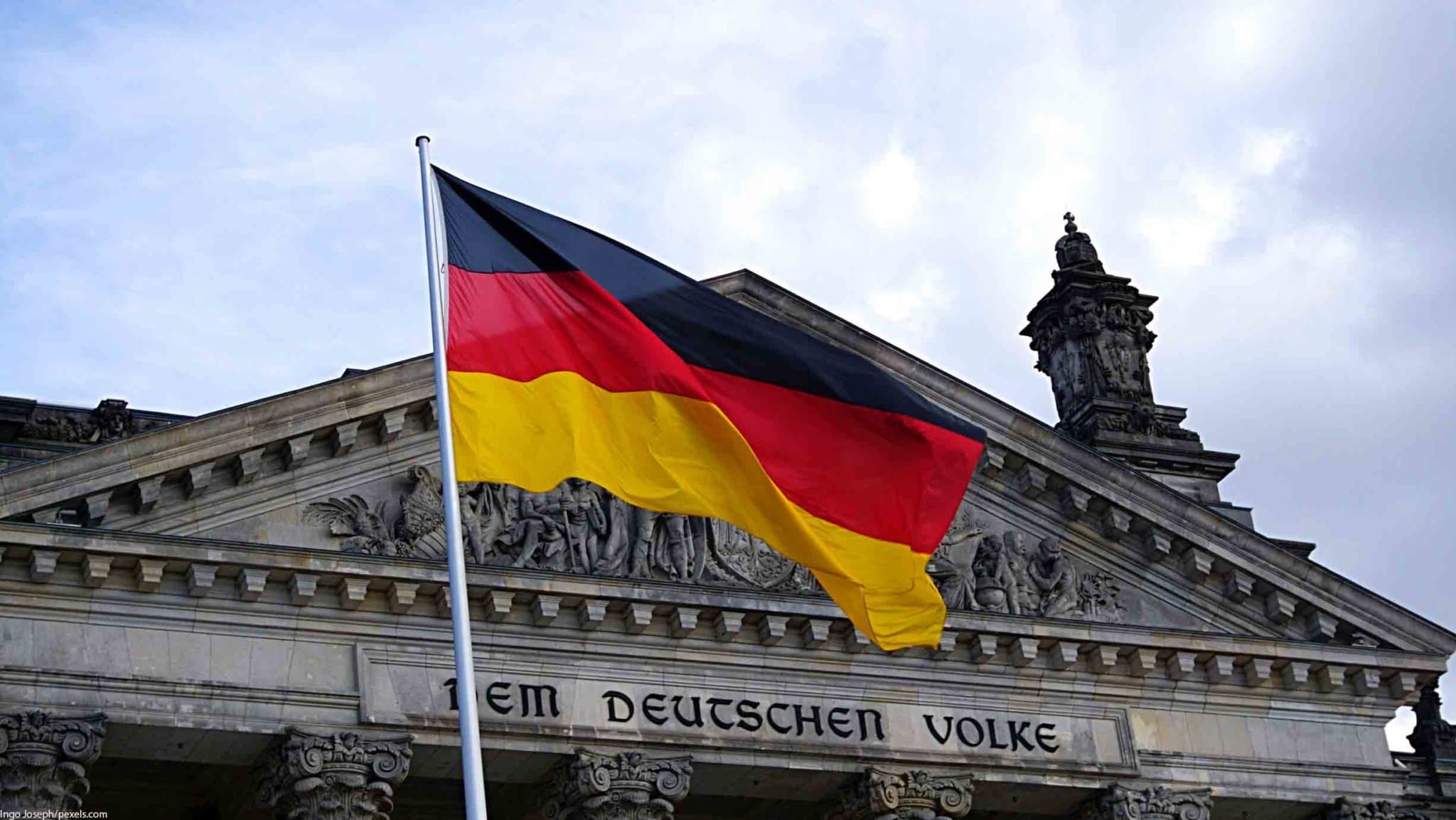Poland has become a larger importer of German products than China, positioning itself as a critical player on the global trade map for German companies.
According to recent data, imports from Germany to Poland rose by 2.8 percent in the year to May, reaching a total of €7.9 billion. This development places Poland ahead of China, making it more significant for German firms in the competitive landscape of international trade.
However, this increase in imports is not without its challenges. Poland now holds the fifth-worst trade balance in the world with Germany, reflecting a complex relationship characterized by high import volumes but troubling deficits. The situation is further complicated by Germany’s strategic adjustments; the country has increased its exports to Poland while significantly reducing its imports.
This dynamic has pivotal implications for Germany’s economic health as well. Despite Poland’s robust intake, German exports overall fell by 1.6 percent in May from the previous year, and by 3.6 percent from April, totalling €132 billion as reported by Destatis, the Federal Statistical Office of Germany.
Meanwhile, German imports have decreased even more sharply, falling by 8.7 percent year-over-year and 6.6 percent from April to €107 billion. These shifts have resulted in a higher trade surplus for Germany, though this is scant consolation for German exporters aiming to expand their markets.
From a broader perspective, while Poland has increased its import of German products, surpassing China in May, it still faces stiff competition from other countries in terms of exporting goods to Germany. France and Italy are closing in, whereas the United States has distanced itself somewhat. On the export side, Poland is only outstripped by a few countries such as the United States, the Cayman Islands, and Ukraine in terms of growth rate, indicating a critical role in sustaining German export levels during challenging times.
Moreover, the reported data from Destatis might not exclusively represent goods produced in Germany but could include products simply transported through Germany. This nuance suggests that some of the export growth to Poland might be attributed to logistical shifts, such as the redirection of Asian shipments initially destined for Gdańsk, now being rerouted to German ports for reloading and onward shipment to Poland — a strategy highlighted by shipping giant Maersk three weeks ago.
Overall, Poland’s trade relationship with Germany remains fraught with challenges. Despite being a vital market for German exports, Poland recorded the fifth-worst trade deficit globally with Germany in May. This trend has been consistent since the beginning of the year, highlighting ongoing issues in balancing trade flows between the two nations.






